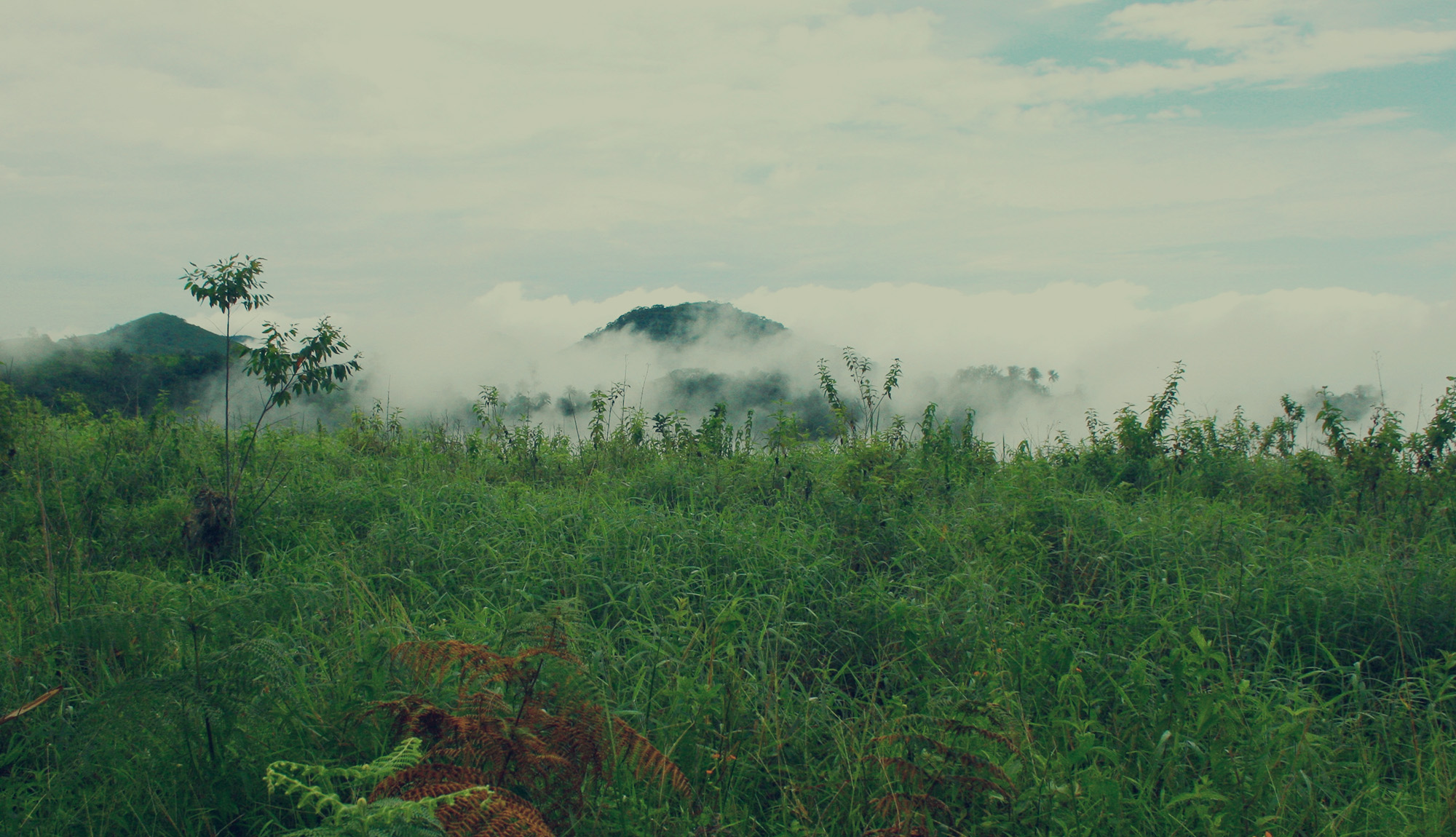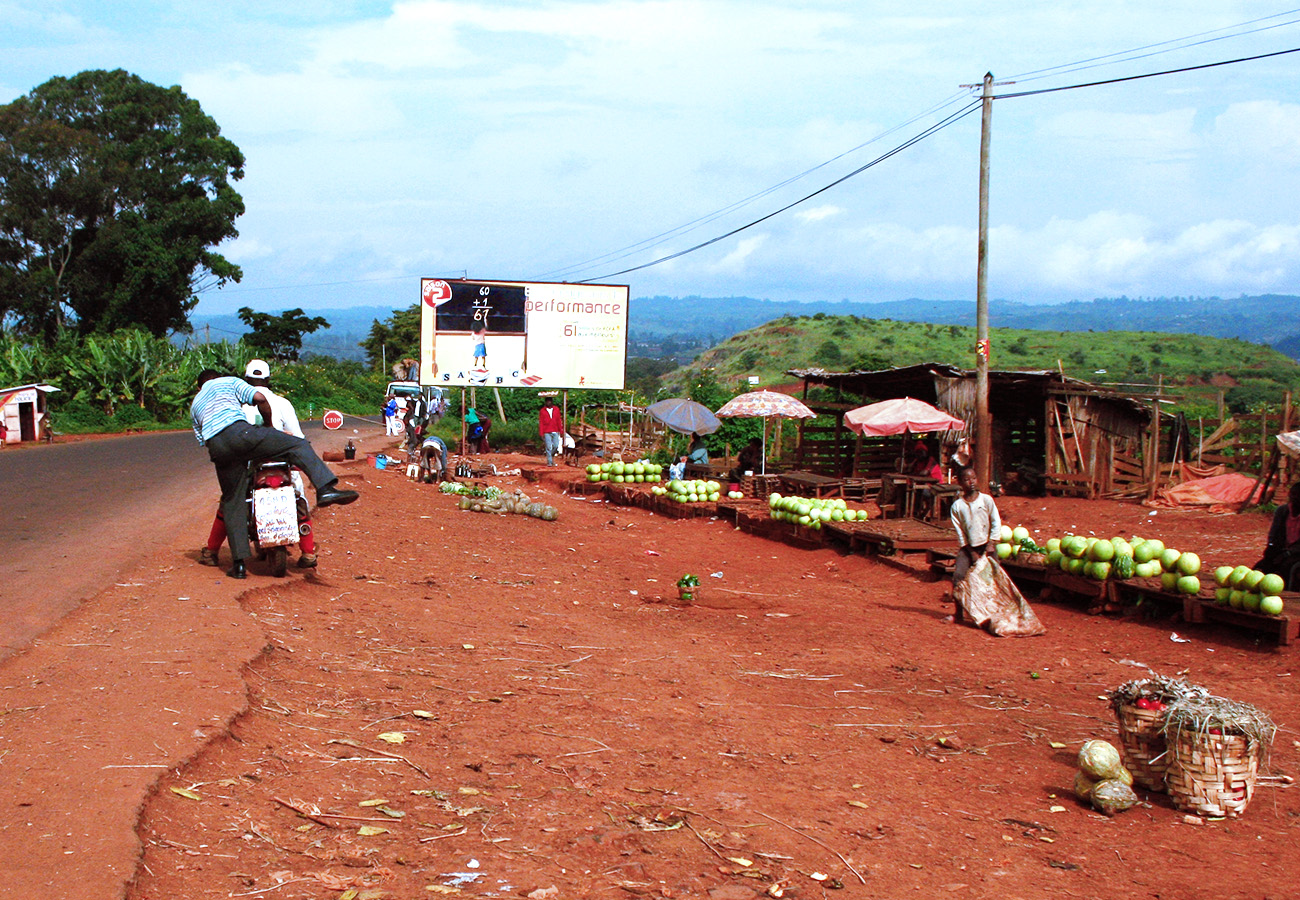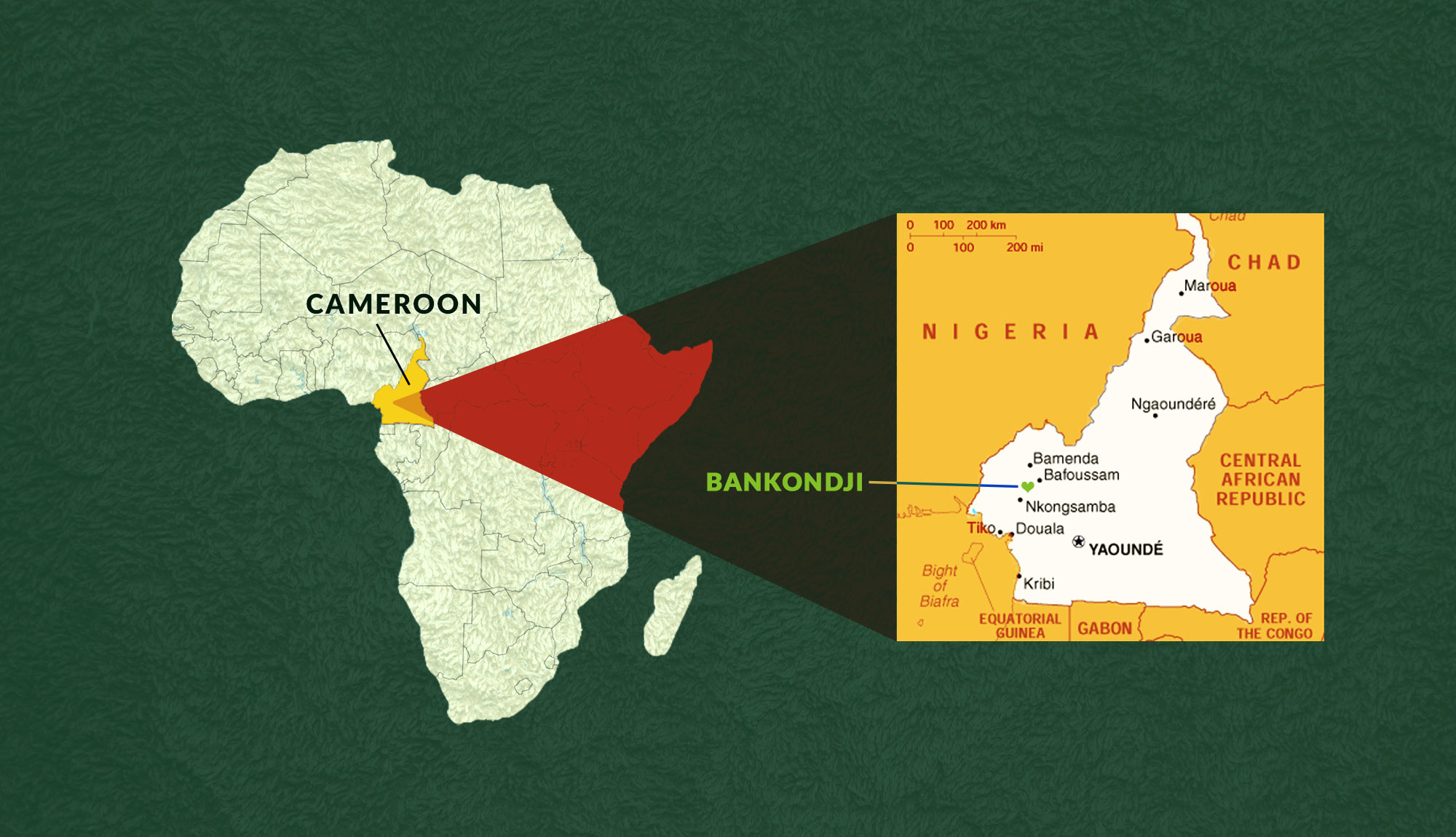Trade & Economy
Cameroon boasts a wide array of abundant natural resources, and its economy is largely dependent on primary commodity exports—notably, crude oil and petroleum products (which make up over half of all Cameroonian exports), timber, cocoa beans, aluminum, coffee, bananas, and cotton.
However, Cameroon’s economy is thought to perform far below its potential, and socio-economic indicators are poor. Poor economic performance has been linked to weak infrastructure; policies seen as posing barriers to foreign trade and regional integration; regulations and bureaucratic procedures seen as un-conducive to business and investment; and the impact of the global economic crisis.
Cameroon is eligible for trade benefits, including apparel benefits, under the African Growth and Opportunity Act (AGOA; Title I, P.L. 106-200). The United States maintains a trade deficit with Cameroon, largely due to U.S. imports of petroleum products.
(Source: CIA World Factbook 2010, Cameroon)




